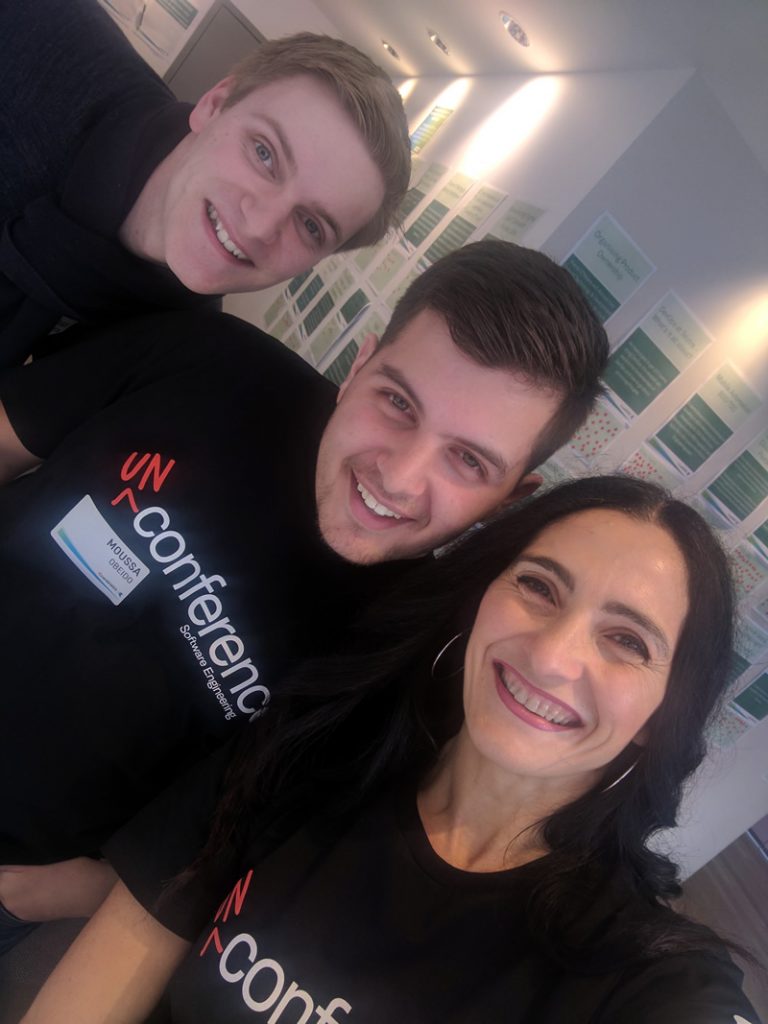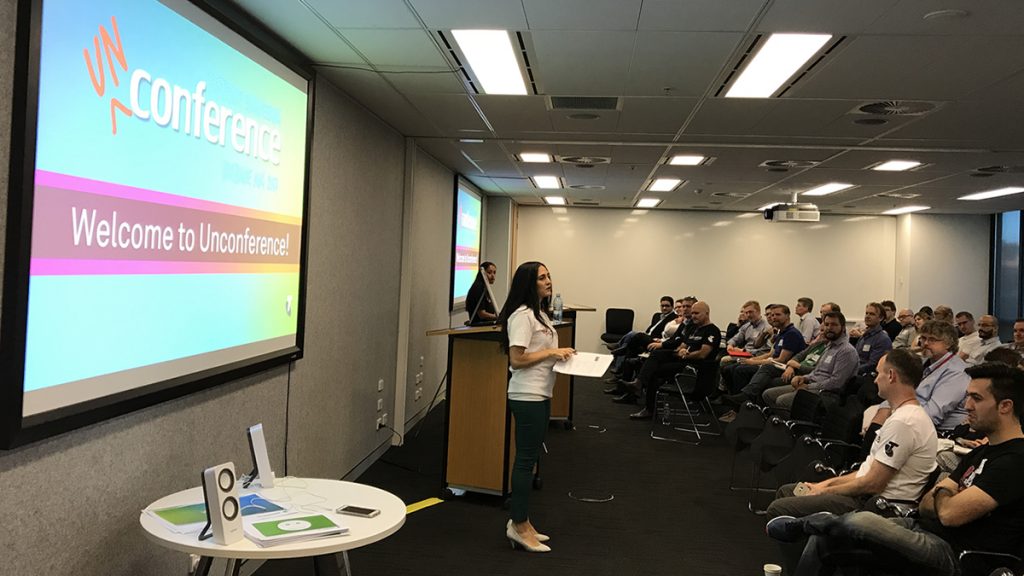Are you working on your company culture? If you’re not you are missing opportunities to attract the right employees and customers.
Building the right culture for your business increases employee engagement and attracts customers. But what does the ‘right’ culture mean? And I promise it’s not one size fits all!
Culture is a set of shared assumptions or beliefs that drive behaviour and decisions in business on a daily basis. It also shapes your long-term view and ability to adapt to changing circumstances in the future
It’s often demonstrated through physical artifacts, such as what you wear to work, the way you brand your products, and your physical environment. It also demonstrated in less tangible ways, for example, by the language you and your team use, and the ways you delegate work. Culture is “the way things are done here”. Even the kind of coffee cups you have in the kitchen could actually say something about the culture in your company. Your company culture will definitely be visible to your customers and they will feel your culture in every transaction with you. They’ll get a sense of whether the culture aligns with their own values and beliefs, and it can make the difference between whether people are attracted to you, or repelled by you. Customers and employees will respond to an alignment between what you say and how your culture demonstrates your commitments. When you have mis-alignment customers will be less likely to trust you and will turn to a competitor for a similar service or product instead.

How we created customer-obsessed culture: Case study
When I joined Telstra in 2012, my job was to create a customer culture within the company. At the time Telstra had a perception of poor customer service and lack of flexibility when it came to dealing with customer problems. The number of complaints received by the Telecommunications ombudsman was a testimony to the low level of customer satisfaction with Telstra’s ability to resolve their customer disputes.
With the backing of an inspired CEO, David Thodey, Telstra was able to turn around that perception and decrease the numbers of complaints as well. We did this by changing our assumptions about our customers and what they need. We changed the way people made decisions in the company by creating customer centred KPIs and rewarding staff for their ability to satisfy customers. We created opportunities to talk about our relationships to customers with each other. We emphasised positive feedback between employees, encouraging each of us to empathise more with the customer regardless of where we worked, whether that be on the frontline or many steps removed from the customer interaction. We created a clear line of sight between each individual employee and a customer they could empathise with. Leaders emphasised the importance of maintaining this line of sight whenever they spoke to their teams. This changed our assumptions about what customers value and how to serve them better.
Culture has a ripple effect
It will affect all parts of your business that actually make you a success. In fact, it can also have an impact on the employees that you attract, so will impact whether you’re able to establish the right team for your business. This is critical as the right team with the right mindset will drive your business success. When your culture and employee values align, your staff will go above and beyond to achieve the company’s goals. It results in highly engaged teams which we know from many years of research yield greater results for companies. A Gallop Study found that engaged employees are more productive and attuned to the needs of customers, with significant increases in productivity, customer ratings and sales; and a decrease in absenteeism and turnover.
So how do you build a great customer-centred culture?
There is no one way of building a great culture but here are some steps that I have used with great success in the past.

Establish a strategic priority or compelling purpose:
- Your CEO and management team commit to putting the customer first as a strategic priority.
- Conduct a workshop (or series of them with your employees) to decide as a collective what it means to ”put the customer first”. The leadership team then establishes a plan based on that collective understanding.
Track your progress
Decide on how you will measure success according to customer indicators. Of course you will have other KPI, and that’s fine. It’s always a good idea to have balanced KPI, not just in one area. But if you’re not measuring your success according whether your wowing the customer, then you won’t build a customer-centric culture. Increase Capability The third thing you have to do is drive staff training from that strategic perspective. Every time you train staff, every time you onboard someone new, every time you design a new process etc, you have to be talking about the customer and the impact on customer experience.
Conduct workshops that target behavioural changes and include activities that map the customer line of sight to every employee. These workshops aim to increase empathy with the customer, regardless of where the employee sits in the end to end customer journey with your company.
Change leadership styles
Leadership needs to show the new mindsets and behaviours. They need to communicate the future state and most important, model it. Leadership practice needs to align with the cultural characteristics you are trying to build in your company. And sometimes that means letting go and trusting that people will do the right thing under a compelling purpose.
In 2013, Jetstar wanted to turn their culture around because their brand was not aligned to great customer service. To demonstrate how serious they were about empowering staff to exceed customer expectations, Jetstar delegated decision power to their ground staff when it came to charging for excess baggage. Staff could now use their own discretion when applying the charge. They could be guided by empathy rather than a strict rule, for example, when choosing to refrain from applying the charge to a family travelling with small children versus the business traveler attending a meeting inter-state. For the first time, airport staff could make that call using their own discretion.
Create signature moments
‘Signature moments’ are experiences and features built to typify a brand, allowing it to shine out as something distinctive, memorable, iconic even. These moments are the memorable times that employees and even customers will talk about when describing your company’s culture. I was privileged to create one of those signature moments for Telstra when I was leading customer strategy there. To give teams an experience of what it meant to be ‘self-managed’ in an Agile world, Telstra invested in a series of Hackathons, where staff could choose agenda topics on the day based on voting for what was most interesting to them. Senior leaders were invited on a panel to ‘listen’ and ‘learn’ rather than ‘speak’ to the audience. This was a very different training event for Telstra and signalled the start of a more open and collaborative culture. They were called Unconferences, and are still being conducted today.
Download Signature Moments
To download your free copy of ‘Geared for Growth – Culture – Signature Moments’, simply subscribe to our mailing list and you will receive a link to your download.

